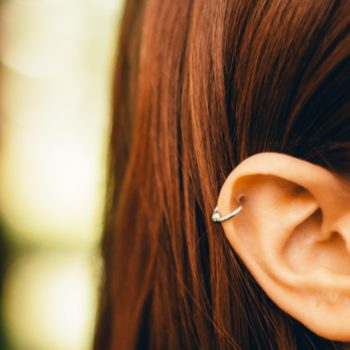For centuries, talc, whose chemical composition corresponds to magnesium silicate, has been used to keep the skin of adults but above all of children dry and fragrant, and has recently been linked to the onset of cancer. What are the real health risks for those who use the famous white powder? Can we use it on the skin of young children without worries? In what way? We talk about this topic with Dr. Marco Nuara, pediatrician at Humanitas.
The case of the maxi compensation of Johnson & Johnson
After the last verdict against Johnson & Johnson, who was sentenced to pay a large sum of money because the talc produced by the company had been held responsible for the onset of ovarian cancer in 22 women, the phobia linked to the popular white powder traditionally used on the skin of newborns is back in the spotlight.
In fact, for the time being it has only been hypothesized that daily use in women is linked to an increase in endometrial carcinoma, but it has not yet been demonstrated that it is responsible for ovarian cancer. The decision of the American court against the famous manufacturer of everything related to personal hygiene would not in fact be based on any certain data and scientifically still validated, but on other documentation considered by the courts sufficient to justify the compensation.
Its use in the intimate parts is different: to avoid exposing oneself to the risk of endometrial cancer, the daily use of talc, especially in obese women, is not to be recommended.
The only certain risk associated with the use of talc is that of inhalation. It is in fact a mineral of secondary origin already present in nature in eruptive rocks, which may contain small amounts of hazardous substances that can cause problems in the respiratory tract, especially in children.
Among the minerals contained in talc, even if in infinitesimal quantities, there is asbestos, which, if inhaled, can cause serious lung pathologies such as mesothelioma, a very aggressive pleural tumor.
How to use it safely and for what purposes?
“It is not necessary to use talc every time the diaper is changed, but occasionally. If you want to use it and be sure to avoid accidental inhalation you can buy liquid talc, or non-talc, which retain the same absorbent properties that have led many mothers to use this powder after changing the diaper or wetting your baby – says Dr. Nuara – This device allows you to continue using this product so loved by grandmothers, without running any risk.
Alternatively, you can use powders of vegetable origin, such as rice starch, oatmeal or cornstarch: “But you must always be careful to avoid inhalation – says the pediatrician: any inhaled dust can cause respiratory problems. “This also applies to all products sold in sprays”.
Talc, especially when combined with boric acid, is an excellent anti-inflammatory and acts as a soothing agent against skin irritation. “It should never be applied to the mucous membranes, to macerated skin or to wounds – recommends Dr. Marco Nuara – For adults, women and men, on the other hand, it is ideal before depilation because it allows wax to adhere better and to make the tear less painful.
Finally, it remains a good alternative to dry shampoo to absorb the excess sebum of those who have greasy hair, thus delaying the washing of hair by a few days.










